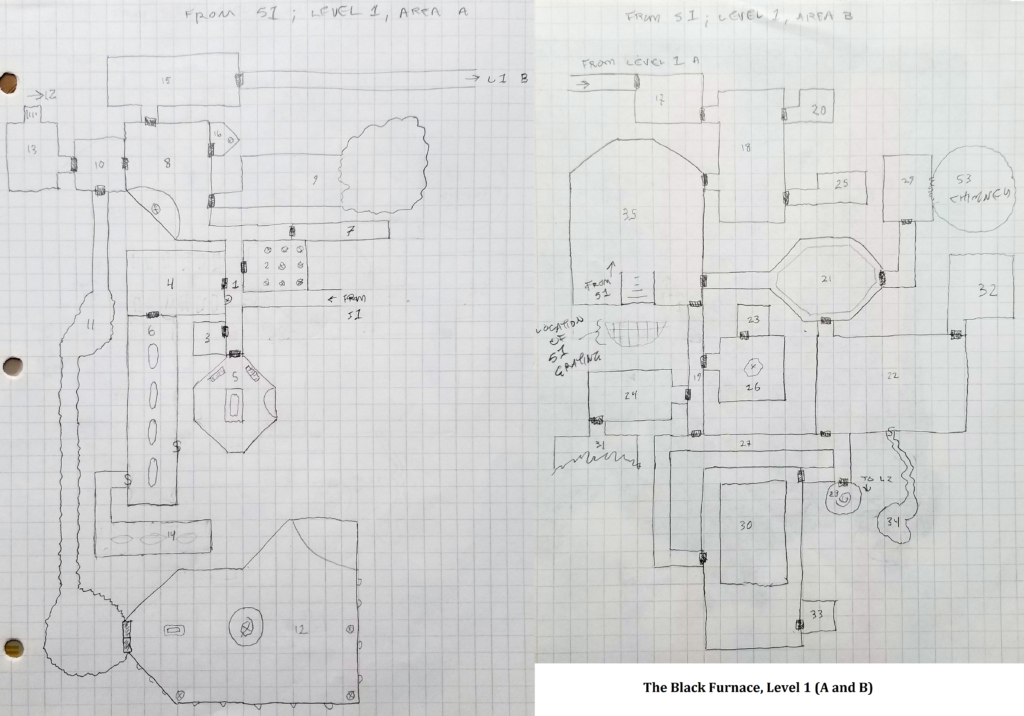Godsbarrow: the Basement Game, Myzes, and Tuage orcs
Back in August my Seattle group started a new campaign we’ve dubbed the Basement Game, and its kickoff AD&D 1st Edition adventure is set in Godsbarrow — making it the third Godsbarrow campaign. The idea here is that this is a freewheeling, no-worries, 1970s/1980s, eating Cheetos in the basement style of game, so we’re planning […]
Godsbarrow: the Basement Game, Myzes, and Tuage orcs Read More »

